Published on February 27, 2020Updated on June 19, 2023
They were talented, brilliant, and indomitable. To celebrate International Women’s Day, Monte-Carlo Société des Bains de Mer is honouring six unforgettable women who have had a profound impact on the history of Monaco. Along the way, we pay tribute to all of the women who work tirelessly, out of the public eye, to ensure that this jewel of the French Riviera endures.
1. Marie Hensel Blanc
The wife of the founder of Monte-Carlo Société des Bains de Mer left an indelible mark on the country. But in the beginning, there was nothing to suggest where her life would take her. Born in 1833 to a modest family in Frankfurt, the only business she ever knew was her father’s shoemaking trade. Everything changed in 1847, when she entered the service of one François Blanc, a French entrepreneur who managed the casino in the spa town of Homburg. Intelligent and lively, Marie soon attracted the attention of her employer, who offered her an education...then married her once she was of age. In 1863, the couple were invited by Prince Charles III of Monaco to develop the principality’s tourism potential. It was then that Monte-Carlo Société des Bains de Mer was first created, and with it, the Monte Carlo Casino. As gifted in business as she was in public relations, Marie Blanc played an active role in growing the casino, and was also involved in a number of large-scale projects. The first of these were the wine caves of the Hôtel de Paris, which she financed out of her own pocket. Then came the construction of the Opéra de Monte-Carlo, designed by architect Charles Garnier. Her last project was the casino gardens, which later became the splendid Jardins des Boulingrins. After the death of her husband, she took control of the company, which continued to prosper under her stewardship. Anyone who wishes to pay their respects can go to 17 avenue d’Ostende and admire its magnificent, Belle Epoque villa—a neoclassical, 100-room building that served as her private residence.
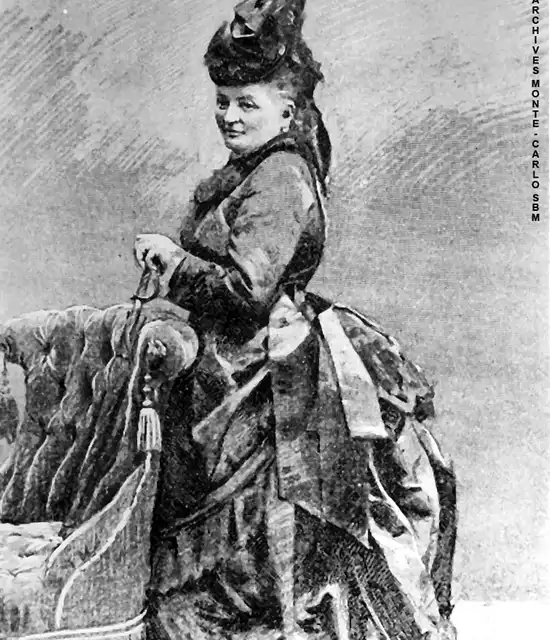
2. Elsa Maxwell
Born in 1883, Elsa Maxwell was an American music hall pianist. After the First World War, she specialised in throwing high-society parties in Europe. Gifted with an exceptional eye for entertainment, she helped put Venice’s Lido beach on the map. In the 1920s, she was asked by Monte-Carlo Société des Bains de Mer to boost summer tourism in Monaco. She performed her task brilliantly: on 16 July 1928, during the grand opening of Monte Carlo Beach, she threw a raucous party whose extravagance has since gone down in history. There were ornate yachts, motor boats towing gladiators on water skis, illustrious guests dressed as emperors...all against a backdrop of outrageous excess. The whole world was talking about it: Monaco had joined the highly exclusive club of summer destinations. Today, the Michelin-starred restaurant on Monte-Carlo Beach is known as Elsa, in honour of this bright, beaming visionary.
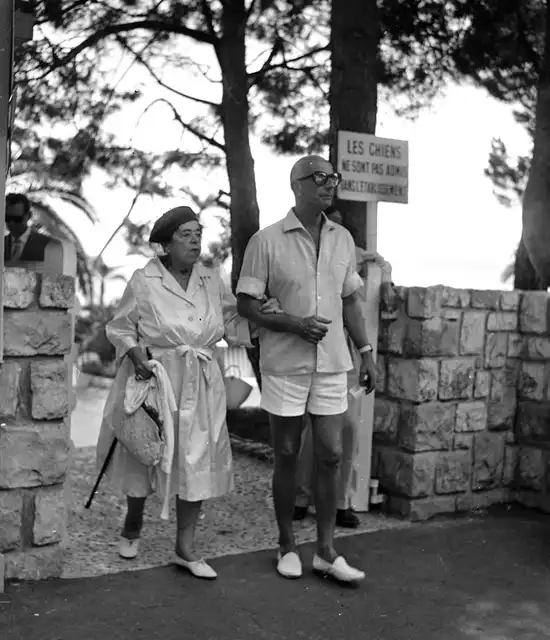
3. Josephine Baker
When this famous headliner of La Revue Nègre arrived in Monaco, she was already 63, with a long career behind her full of twists and turns, from Broadway to Havana, from Montmartre to the French Resistance. In 1969, at the height of her immense celebrity, she was invited by Princess Grace to stay free-of-charge at her Villa l’Aiglon in Roquebrune. While there, she quickly took to life in the principality. In 1974, she returned to the stage in Monaco, after spending years out of the public eye, turning in a triumphant performance at the Monte Carlo Sporting Club. In 1975, she passed away in Paris, and was interred in the Cimetière de Monaco in accordance with Princess Grace’s wishes.
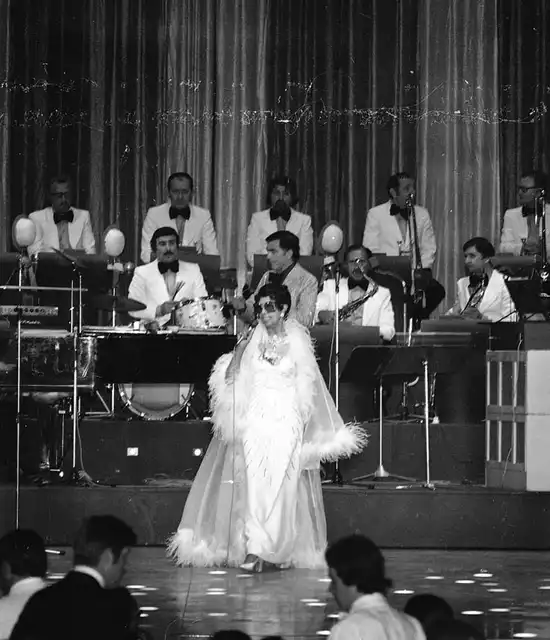
4. Sarah Bernhardt
For many critics, she remains the greatest tragic actress of the 19th century. Indeed, it was she who inspired Jean Cocteau to coin the term monstre sacré (“superstar”). Born in 1844 in Paris, Sarah Bernhardt was accepted into the Paris Conservatory at age 14. She spent several years at the Comédie-Française, before being dismissed for slapping another company member. This did nothing to deter her, however, and she continued to pursue her career with passion and vigour. It was in 1879 that she first discovered Monaco, during the grand opening of the Opéra de Monte-Carlo, a historic event with nearly 800 guests from among the biggest names in Europe. Following her warm reception from spectators and Monte-Carlo Société des Bains de Mer, she appeared regularly on this stage until her death. As an enduring tribute to her immense talent, the Salle Garnier is adorned with a sculpture made by her own hands, Le Chant. Sarah, it seems, was also a talented sculptor, something that her patrons in Monaco were quick to recognise.

5. La Belle Caroline Otero
Caroline Otero, known as "La Belle Otero", was a courtesan of the Belle Epoque whose beauty and success turned heads. Of all these ladies, she was probably the one who had the most romantic life. She was born in Spain on November 4th 1868 as Agustina Otero Iglesias. Her gipsy mother brought up her many children single-handed. At the age of twelve little Otero danced in the streets, inns and cabarets to meet her needs and those of her family. She arrived in Paris at the age of twenty-one, and began her career at the Summer Circus and the Grand Véfour. Admiring journalists , ever on the lookout for novelties, nicknamed her "La Belle Otero".
Having become a real star at the Folies-Bergère in Paris, she swiftlywent on tour after tour in the United States, Russia and Europe, putting on shows where she was particularly remembered for her outfits: sumptuous clothes, adorned with jewels that highlighted her generous curves..
As a femme fatale-several of her unhappy lovers committed suicide and some rivals provoked duels — La Belle Otero seduced the great men of this world: kings, like Edward VII and Leopold II of Belgium, aristocrats like the Duke of Westminster and Grand Duke Nicolas of Russia, writers such as Gabriele d'Annunzio and politicians like Aristide Briand.
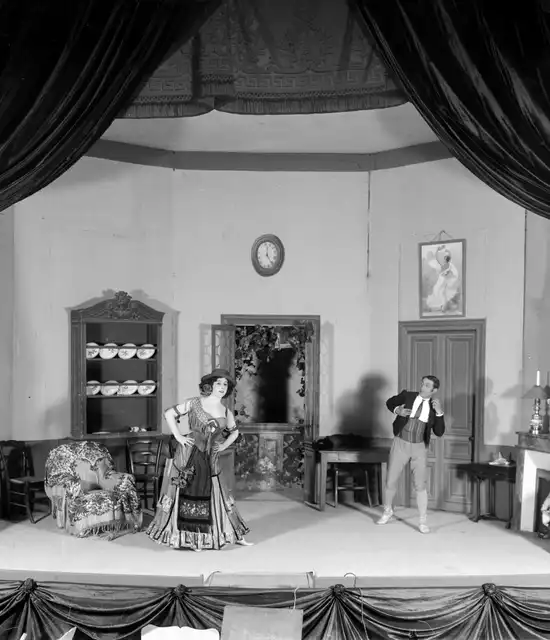
She was also a great gamer and a regular at the Casino de Monte-Carlo. She would arrive arm-in-arm with her suitors whose deep generous pockets sometimes had to provide for huge losses. She had little consideration for males: "When a man is rich, he is not ugly" she would say. That she made no attempt to hide her supreme contempt in her 1926 Memoirs can probably put down to the violence that marked her childhood — little Fillea been put out in the streets by her mother, and was raped when she was twelve.
La Belle Otero turned her back on the stage in 1915 at the height of her glory, wanting leave to posterity the memory of a beautiful and desirable woman. She moved to Nice, where she bought a mansion that she did not manage to keep very long as she spent her time at the Casino, accumulating losses and sinking into ruin. Hearing about her destitution, the management of the Casino de Monte-Carlo decided to pay the rent at a small hotel in Nice and pay her a pension for life (she was not the only one to receive, or have received, a small pension from the Casino). At the age of 96 La Belle Otero took her own life on April 10th 1965.
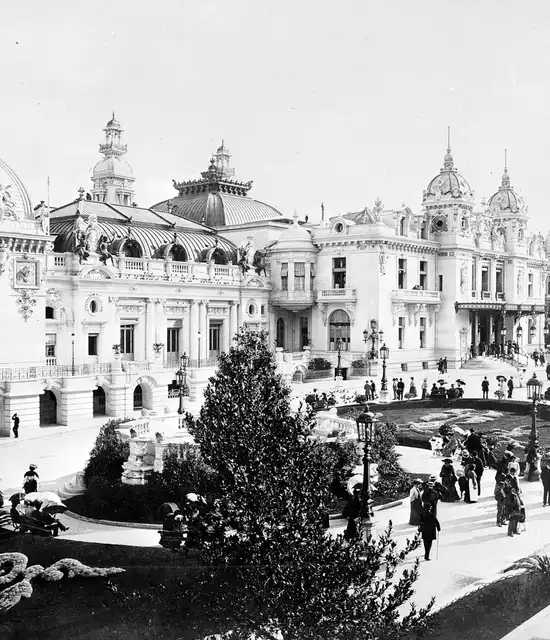
6. Coco Chanel
She put women into trousers and gave them permission to run. She launched the vogue for sun-tanning, and for sporting and androgynous clothes, and for short hair. She revolutionised fashion and the image of women. She was Gabrielle Chanel, kwown as Coco, born in 1883 into a modest family in Saumur, in the Loire Valley. Orphaned at an early age the little girl was placed in a religious boarding school where she learned to sew.
At the age of twenty she became a seamstress in a provincial sewing firm. But she had ambition. And, above all, the desire to improve her way of life. She was courted by Etienne Balsan, a rich officer who introduced her to social life and customs in high society, but she left him for Boy Capel, an English businessman who was her great love. It was on his advice in 1909 that she opened her first hat boutique. Thereafter everything accelerated. In 1910 she created her first millinery shop in Paris, then more shops in Deauville and Biarritz. She began to shorten skirts and remove their waists, making simple practical clothing with looks based on dynamic and sporty lifestyles.
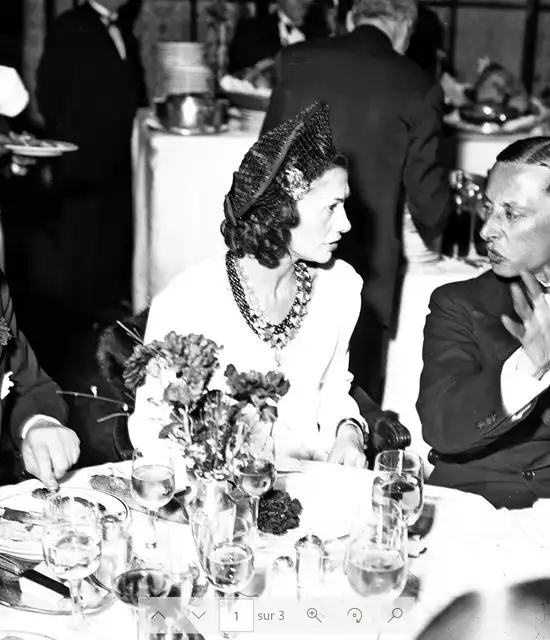
She was one of the first women to have her hair cut like a boy. She was also one of the first to wear, and have others wear, trousers. A little revolution that earned her a lot of mockery from her male colleagues. After the war, she moved to 31 Rue Cambon, where the house still bears his name today. She frequented artistes and was friends with Jean Cocteau, Pierre Reverdy, Salvador Dalí and Luchino Visconti. Thanks to her friendship with Jean Cocteau she was asked make costumes for the ballet Le Train Bleu in 1924. A ballet that owes its reputation and mythical magic to the famous artistes it brought together — Jean Cocteau wrote the libretto, Darius Milhaud composed the music, the sculptor Henri Laurens created the sets, Picasso signed the programme and curtain, Coco Chanel designed the costumes and Serge Diaghilev directed it all. The dance casting was prestigious too, with Anton Dolin and Serge Lifar.
Le Train Bleu was performed for the first time at the Opéra de Monte-Carlo. A particularly well-chosen place as the plot unfolds in a seaside resort where the idle rich with such evocative names as Tennis-Champion and Golf-Player are suntanned and having fun on the beach… By giving them costumes that were both swimsuits and gym singlets, Coco Chanel had written an ode to summer on the beach, launching a summer-on-the-beach trend a few years ahead of the fashion that, in Monte-Carlo, was symbolized by the construction of the Monte-Carlo Beach Hotel in 1928.
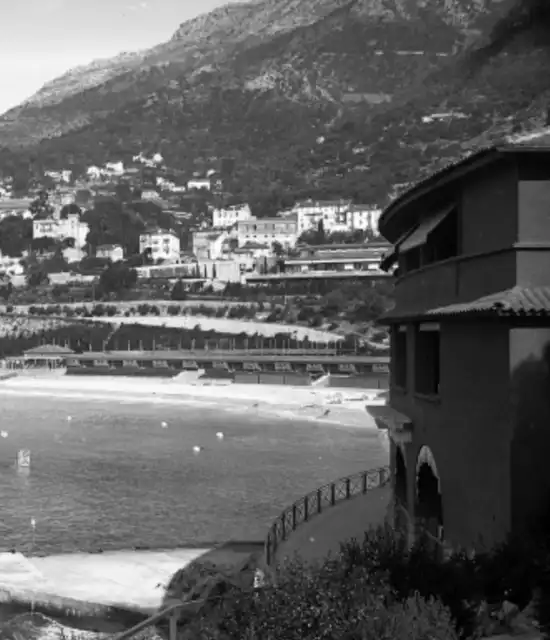
And since history is written every day, Monte-Carlo Société des Bains de Mer would like to pay tribute to all of the women who work hard to make it a success. Croupiers, managers, decorators...every one of them embodies the values of Monte-Carlo Société des Bains de Mer: excellence, audacity, inventiveness and passion. From the bottom of our hearts, we thank you.
You might also like…
The best restaurants & events for Christmas in Monaco
Discover how the different restaurants in Monaco are celebrating Christmas and what the Principality’s chefs are preparing for an unforgettable Christmas meal experience.

Guide to child-friendly activities in Monaco
Discover fun and creative activities for all the family in Monaco, where our Resort offers an unforgettable kids-friendly experience on the Côte d'Azur!

Enjoy an unforgettable stay at our hotels in Monaco for Christmas and New Year
Discover our offers and reserve your stay in our hotels during the festive season.

